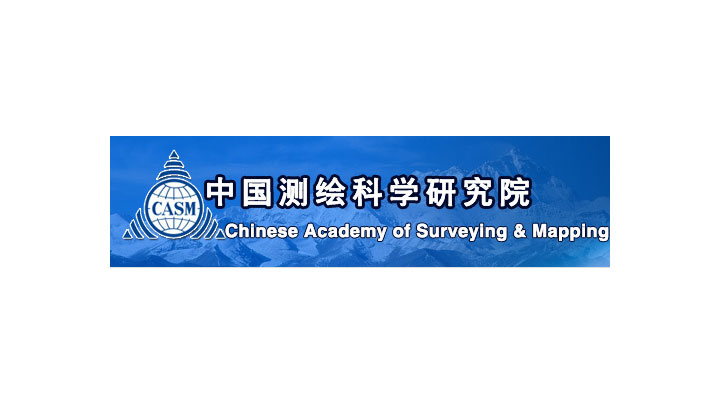One major problem confronting the exploration and exploitation of space is the amount of space junk in orbit around the earth. Old satellites, spent boosters, tools and debris from the International Space Station, and fragments and flakes of paint and metal from collisions between pieces of orbital junk make launching missions more dangerous that it once was. There are hundreds of thousands of big pieces that are being tracked by radar and millions of pieces too small to track. Unless something is done to reduce the creation of more orbital junk and a way is found to remove junk from orbit, it may become impossible to launch satellites and spacecraft without significant probability of collisions with space debris.
Researchers at the Chinese Academy of Surveying and Mapping, Beijing and Liaoning Technical University, Fuxin, China have improved the accuracy of detecting and tracking space junk in orbit to help plot safe routes for spacecraft launches and maneuvers.
Scientists have developed systems to identify space junk, but it is difficult if not impossible to track the tiny fast-moving specks of space litter. A report just published in the Journal of Laser Applications describes a unique set of algorithms for laser ranging telescopes that will significantly improve the rate of detecting space debris.
Tianming Ma is one of the team that published the report. He said, “After improving the pointing accuracy of the telescope through a neural network, space debris with a cross sectional area of 1 meter squared and a distance of 1,500 kilometers can be detected.”
Laser ranging technology utilizes laser reflections from objects in order to measure their distance from the telescope. However, the echo signal that is reflected from the surface of a piece of space debris is very weak. This reduces the accuracy of the measurement. Previous methods for measuring the position of space debris have been improving but they are only able to measure positions to one kilometer of accuracy.
Neural networks are modeled on the sensory inputs, processing and output levels of the human brain. It had been previously proposed that neural networks could be used to develop algorithms for accurately measuring the position of space debris. The study by Ma and his team is the first time that a neural network has been used to significantly improve the accuracy of a laser ranging telescope.
Ma and his team trained what is called a back propagation neural network to recognize space debris with two self-correcting algorithms. The Genetic Algorithm and the Levelberg-Marquardt algorithm optimized the thresholds of the neural network for the recognition of space debris. They ensured that the neural network was not too sensitive, and that the telescope could be trained on localized areas of space. Ma’s team demonstrated the improve accuracy provided by their neural network by testing it against three current methods at the Beijing Fangshen laser range telescope station.
Observational data on ninety-five stars was used to solve the algorithm coefficients that each method generated. The accuracy of the methods was checked by detecting twenty-two other stars. The new pointing correction algorithms turned out to be the most accurate. In addition, the new method was easy to operate with good real-time performance. Ma intends to further refine his new method. He said, “Obtaining the precise orbit of space debris can provide effective help for the safe operation of spacecraft in orbit.”
